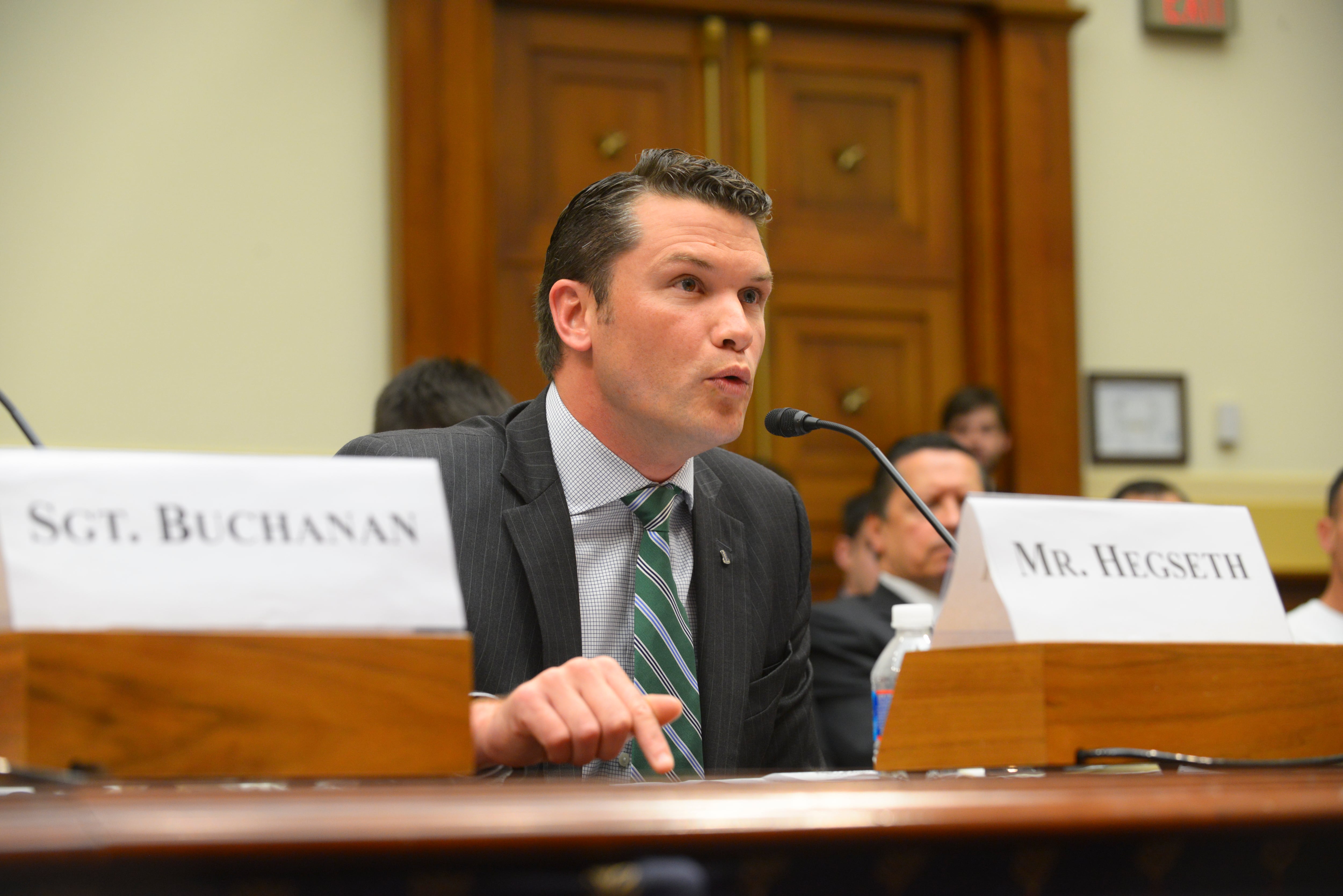WASHINGTON – Sustainment estimates for the F-35 joint strike fighter may not be realistic and require further study before a plan is finalized, the government's watchdog wrote in a new report.
"To date, the program's sustainment strategy continues to evolve but may not be affordable," auditors for the Government Accountability Office (GAO) found. "DoD has not fully addressed several key risks to long-term affordability and operational readiness that, if not mitigated, could affect the development of the strategy."
Their recently released report, "F-35 Sustainment," acknowledges attempts by the Pentagon to find ways to drive sustainment costs down, but made it clear it disagrees with how the F-35 joint program office (JPO) is moving forward on that issue.
Among the issues raised by GAO investigators is the concern program officials did not use "reasonable" fuel burn, depot maintenance and part replacement rate assumptions in their models.
The report puts forth a figure that is likely to be widely cited by critics of the program.
"According to [office of Cost and Assessment Program Evaluation (CAPE)] analysis, the combined O&S [operating and support] costs of several legacy aircraft — the F-15C/D, F-16C/D, AV-8B, and F-18A-D fleets — in 2010 exceeded $11 billion," auditors wrote. "Comparatively, based on CAPE's 2013 O&S cost estimate, the annual cost to sustain the F-35 will be about $19.9 billion (in base year 2012 dollars) in 2040 — the end of its steady-state years.
"This $8.8 billion difference represents an increase of more than 79 percent in annual O&S costs for the F-35 as compared with several legacy aircraft," according to the auditors' report.
In a statement released by his office, Lt. Gen. Christopher Bogdan, the head of the F-35 JPO, thanked the GAO for its input but indicated the review missed several key points of information.
"While the current data used to compile the report is in large part accurate, many of the assumptions made by GAO in extrapolating costs over the life of the F-35 program did not reflect ongoing process improvements, or failed to account for learning and feedback that will improve efficiency of F-35 sustainment operations in the coming years," Bogdan wrote.
Since June, Bogdan has launched two major initiatives that should drive down cost for sustainment and maintenance: putting sustainment up for competition on a global scale and the new "Blueprint for Affordability" program launched by the F-35's corporate partners, which aims to invest $170 million in R&D to find cost reductions.
This is just one of many reports the GAO has done over the years for the F-35 program, which has infamously run over cost and faced long delays. Earlier this year, the organization warned of potential software delays that could impact the jets going operational.
Critics of the program hold up the GAO's reports as proof that the F-35 is a boondoggle for contractors like Lockheed Martin. Supporters of the F-35 have criticized both GAO and CAPE figures in recent years, noting that the agencies often used data that is a year or more behind current numbers by the time the report comes out.
For his part, Bogdan has maintained a clear line between the "old" program, with all its problems, and the "new" program that began following a 2012 rebaselining for milestones and cost estimates, in recent appearances telling critics to "get over it" and acknowledge that the JSF is largely on track since 2012.
The audit, which occurred from August 2014 to September 2014, was conducted under orders from the House Armed Services Committee, which included language stipulating a report on F-35 sustainment cost as part of the FY 2014 National Defense Authorization Act. It is unlikely that the findings will change minds on the Hill about the future of the program, however.
It is also not slowing down international partners. On Wednesday, South Korea officially signed a long-expected deal for 40 of the F-35A models.
The full report can be read here.
Aaron Mehta was deputy editor and senior Pentagon correspondent for Defense News, covering policy, strategy and acquisition at the highest levels of the Defense Department and its international partners.





